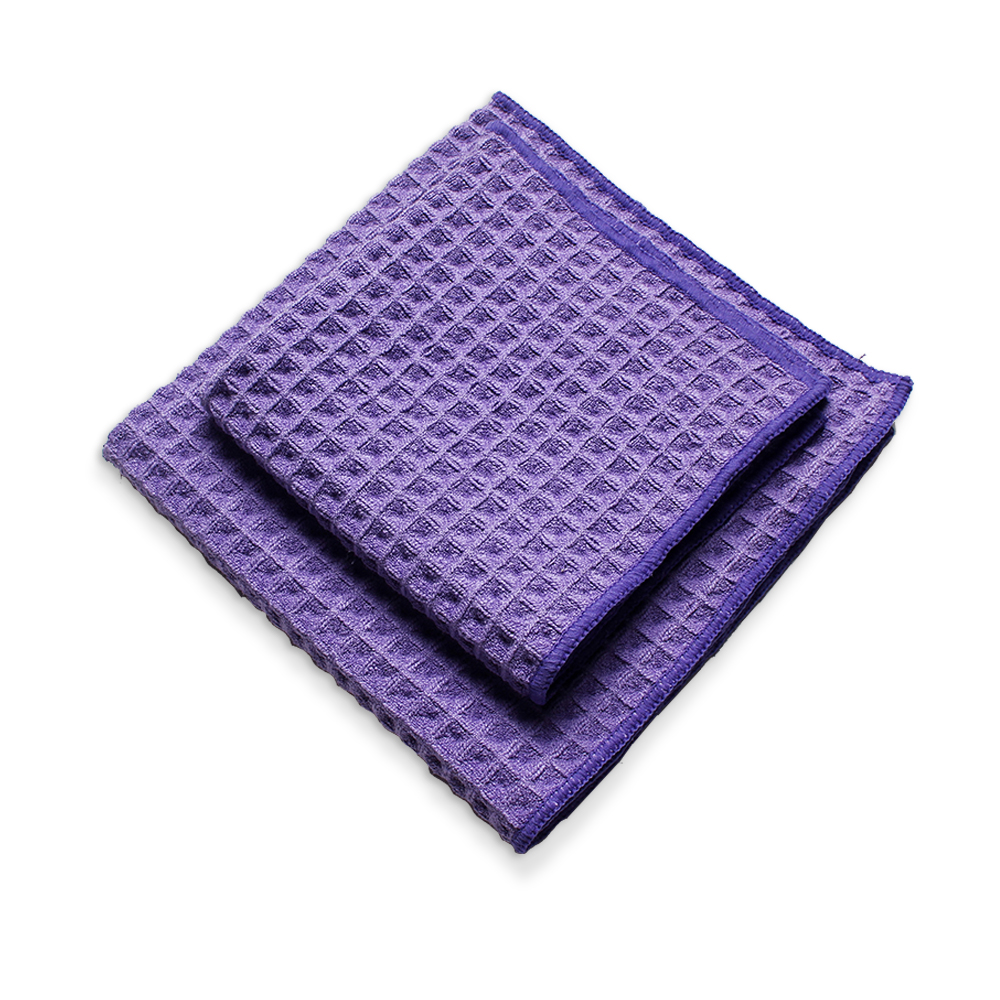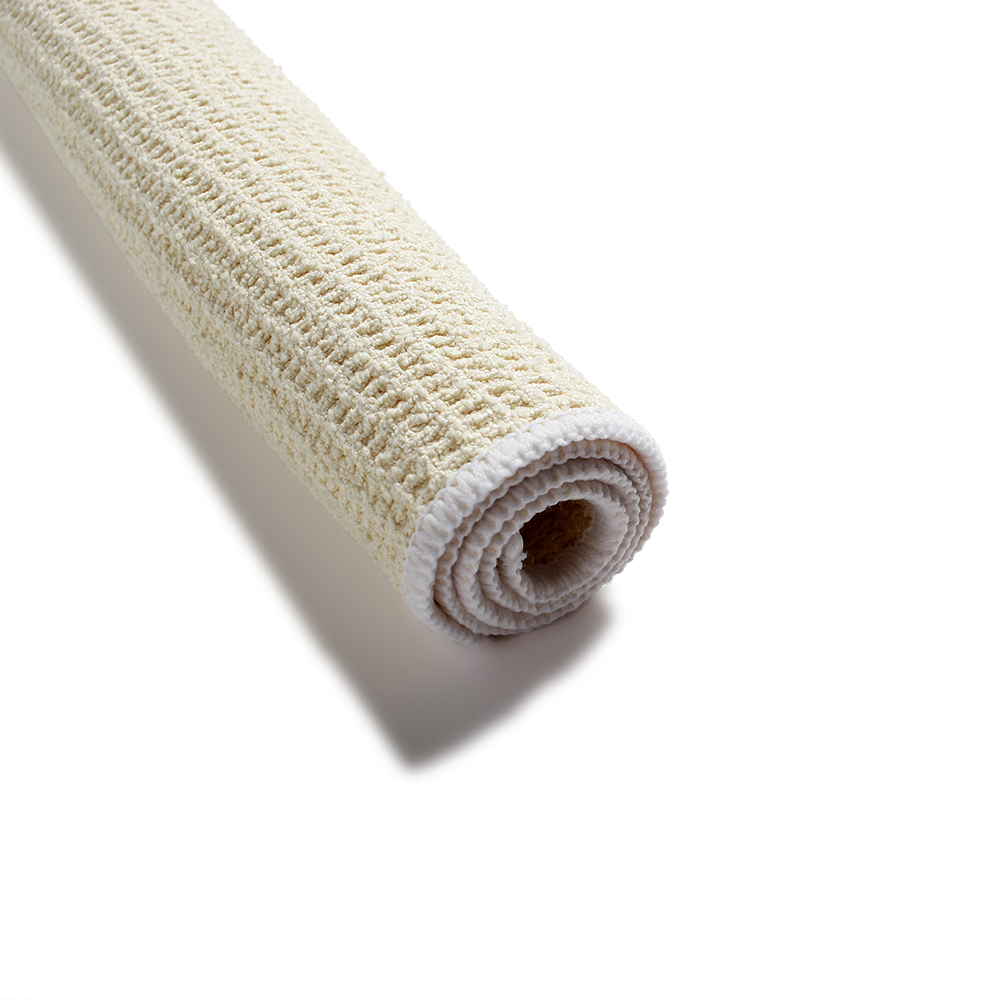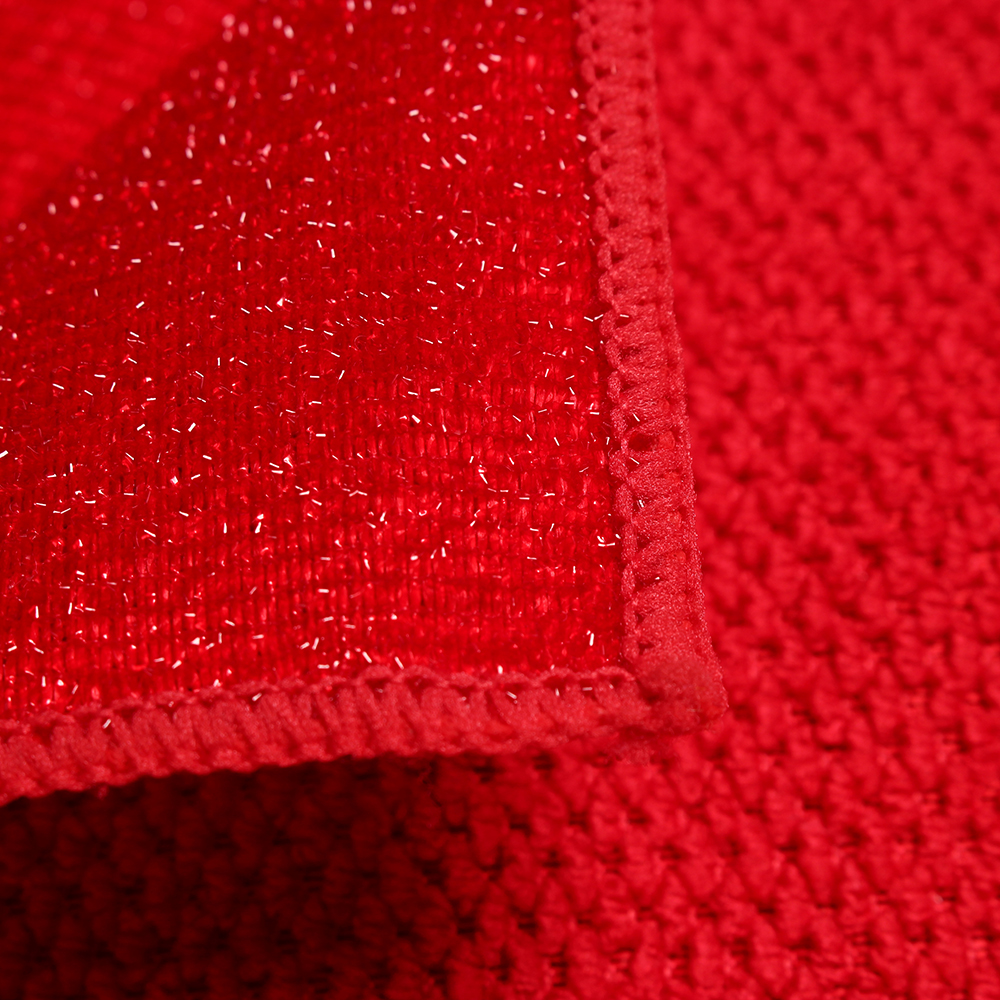In the bustling jade market of Yangzhou, a new trend is emerging—“Korean material.†Recently, during an interview with reporters, it was discovered that white jade raw materials from South Korea are now being marketed as “Korean material†and have started to gain popularity. This rise coincides with increased prices for Hotan and Qinghai jade, making this Korean alternative more appealing to some merchants.
Henan Yushang has played a key role in bringing the “Korean Wave†to Yangzhou. As one shop owner explained, “Han Yu is actually Chuncheon Jade.†Under the guidance of local market staff, reporters visited shops known for selling the most “Korean materials.†One merchant showed a piece of cut “Korean material,†which he claimed was of high quality.
“This should be soft and light,†the shop owner said honestly. Known as Korean white jade or simply Hanyu, this material comes from the valleys near Chuncheon, South Korea. It’s mostly yellowish-brown or brown, with only a small amount of white. The “fat†feeling, which refers to the smoothness and luster of jade, isn’t as strong as other types. Its chemical composition is similar to Hotan jade, but its hardness and density are slightly lower, around 5.5 on the Mohs scale.
According to research, there is a historical connection between North Korea and China regarding jade tributes. In recent years, South Korea has begun to harvest old pit areas, and the “Korean materials†currently available are all mountain materials. These stones were first transported through Shifosi Town in Ping County, Henan Province, before spreading across major cities like Xinjiang, Beijing, Guangzhou, Jinan, Anhui, Shanghai, and finally reaching Yangzhou. Most of the “Korean material†in Yangzhou is brought in by Henan-based jade traders.
The emergence of “Korean material†in the market is not new. Ten years ago, small quantities began appearing in Yangzhou, but they never gained much attention. “Yangzhou people don’t like it. It's gray and fades easily,†one trader recalled.
Compared to Qinghai and Russian jade, Korean material has less “water headâ€â€”a term used to describe the transparency and clarity of jade. After polishing, it doesn’t have a strong glassy luster; instead, it has a slight waxy feel and lacks the dullness of Russian material. Despite these differences, current appraisal reports often classify Korean material as Hetian jade (nephrite), just like Russian and Qinghai jade.
The recent surge in interest in “Korean material†is linked to rising prices of Hotan, Qinghai, and Russian jade since last year. As Hotan jade becomes scarcer, its value continues to climb. This has led some merchants to look toward the previously overlooked “Korean material.â€
A senior figure from the Yangzhou Jade Times mentioned that the former “Russia Jade Township†in Tongcheng, Anhui, has now become a key distribution center for Han Yu. At present, “Korean material†is priced at around 100 yuan per kilogram. High-quality pieces with better color, fatness, and density can fetch up to 2,000 yuan per kilogram.
Industry sources note that while Korean material is still considered low-grade, its low price offers potential for appreciation. However, distinguishing between good and bad quality remains challenging, requiring expertise from those who handle jade.
Additionally, due to its grayish-green color, some unscrupulous merchants mislabel it as “blue and white material.†Others even use it to create ancient-style items like Buddha statues, pendants, and bracelets, capitalizing on its aesthetic appeal.
Experts advise caution, especially for amateurs. While Korean material may hold some value, the market is complex, and buyers must be vigilant.
Anti-bacterial Towel
Anti-bacterial Towel serve the dual purpose of providing comfort and the luxurious look of hanging in the bathroom. Therefore, it is imperative to buy the right towel. Apart from that, another factor that you must consider when buying is health. What's more, we use towels every day; they are as practical as possible. Therefore, buying antibacterial towels is not a luxury but a necessity for everyone. Let's learn more about these towels. Anti-bacterial Microfiber Towel provide something extra. Let us know the benefits of antibacterial towels: High Absorbency - Antibacterial towels have a high square gram weight of fabric. Therefore, they have a higher water absorption capacity and can easily dry the body. Durable - On the other hand, these Anti-bacterial Cleaning Towel have reinforced yarns and fibers. They are durable and provide users with extra comfort. Luxurious feeling - Since these types of towels have a reinforced structure and are very soft, they guarantee a luxurious feeling. Eco-Friendly - Most antibacterial towels are made of microfiber. This means they don't harm the environment and are made with eco-friendly processes.



Anti-Bacterial Towel,Antibacterial Bath Towels,Antibacterial Wash Cloths,Antibacterial Hand Towels
SUZHOU BETTER CLEAN CO LTD , https://www.betterclean.net


